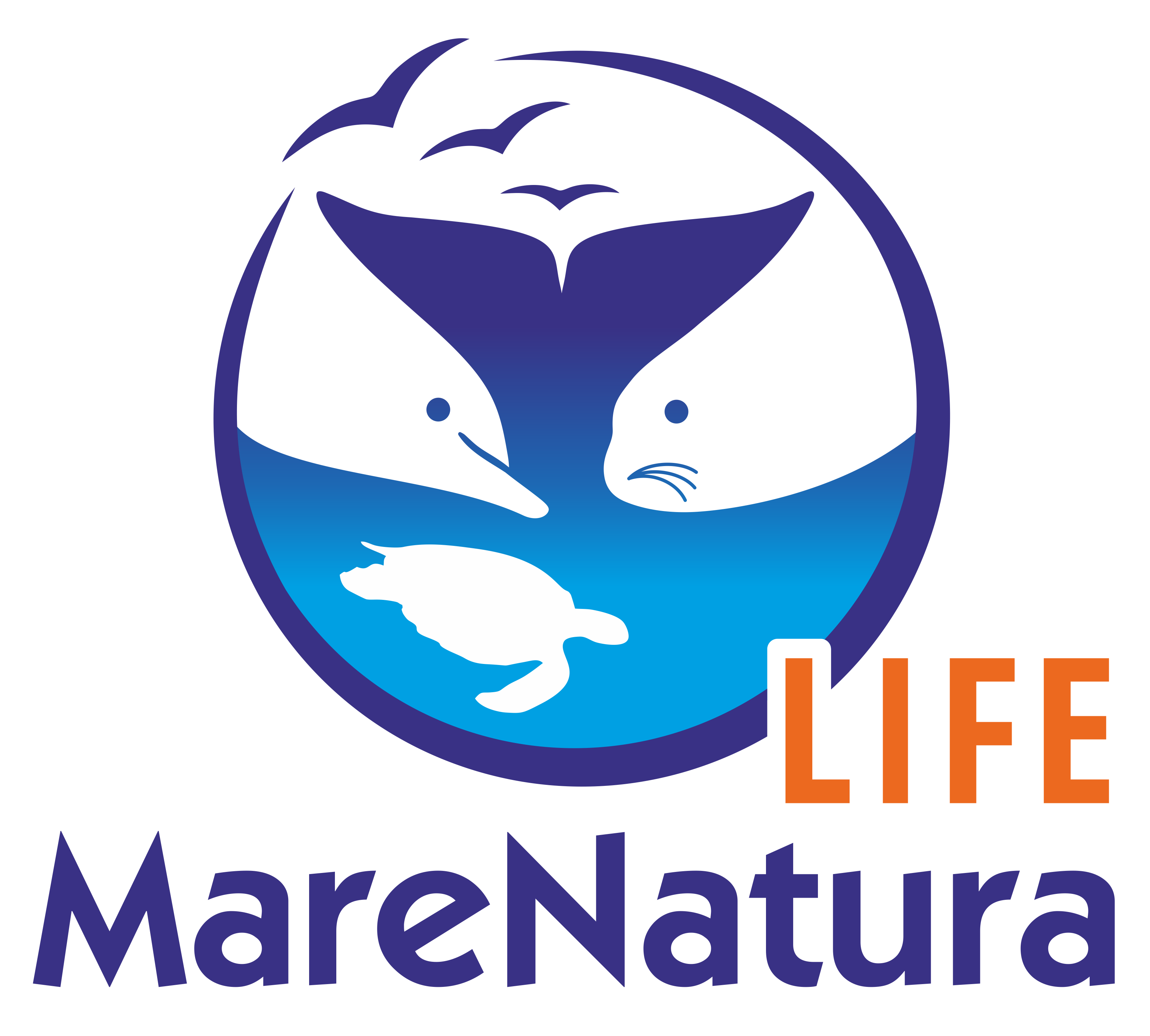Distribution – population
The Audouin’s Gull (Ichthyaetus audouinii, formerly Larus audouinii) is a gull endemic to the Mediterranean and the Atlantic coast of Africa in Northern Morocco, and is the rarest breeding gull in Greece. The population in the Mediterranean is estimated to be between 15,700 and 21,000 pairs (BirdLife International, 2023) and currently the largest part of its population breeds in Portugal. Its breeding distribution in Greece is mainly concentrated in the Aegean Sea (Cyclades, Northeastern Aegean, Dodecanese, Kythera, and Crete), while breeding has not been confirmed in the Ionian Sea (Portolou and Papaconstantinou 1999). The breeding population of the Audouin’s Gull was estimated at 350-500 pairs, thus has declined by 28-33% since its initial population census in 1997-99 (BirdLife International 2017; Portolou and Papaconstantinou 1999). During 2021-23, a 65% population decline was recorded in the historical stronghold of the species, and thus the species is considered threatened (IUCN status in Europe (2024): Vulnerable; IUCN, 2024, in Greece: Endangered; NECCA, 2024).
The winter distribution and migratory movements of the species in Greece are largely unknown. Part of the population remains in Greek waters, though it is believed that a significant portion overwinters along the northern and western coasts of Africa, particularly in coastal wetlands.
The Audouin’s Gull differs from other gulls as it is more closely associated with coastal areas and avoids inland regions. It usually prefers to stay away from humans, selecting coastal habitats and typically feeding along the shore. It nests on uninhabited islets with gentle slopes and sparse vegetation, and alternates between islets within a broader stable area, possibly interchanging between nearby areas (Goutner et al. 2000).
Threats
Globally, seabird populations are declining faster than any other bird group, facing a wide range of threats both at sea and on land.
- Bycatch in fishing gear: Accidental catch in nets or particularly longlines can result in injury or drowning.
- Predation: Chicks and eggs are vulnerable to predation by introduced species such as rats on uninhabited islets. Additionally, chicks are often preyed upon by Yellow-legged Gulls, which compete in breeding areas.
- Degradation of colonies: Light pollution, noise pollution, disturbance, and intense human activity on uninhabited islets, especially during the breeding season, can lead to breeding failure. This is a very vulnerable species that can easily abandon its nest if disturbed.
- Intense tourist activity: Increases disturbance on uninhabited islets during the most vulnerable period, the breeding season.
- Depletion of fish stocks due to overfishing.
- Marine pollution: Like other marine species, Audouin’s Gulls often accidentally consume plastic waste, mistaking it for food. Ingested plastics can break down within the seabirds’ bodies, causing toxic reactions or leading to reduced physical condition, malnutrition, and even death.
- Avian influenza: High risk for colonial seabirds due to the close proximity of nests.
Biology – ecology
Diet: A skilled fisher, the Audouin’s Gull is less opportunistic than the Yellow-legged Gull. Unlike pelagic seabirds like the Yelkouan Shearwater, Audouin’s Gulls are coastal fishers and appear to be loyal to their feeding areas, although they may occasionally travel several nautical miles to find the best fishing spots. They primarily feed on small fish and often follow fishing boats to exploit discards. They can also feed on aquatic and terrestrial invertebrates, small birds, and marine plants (e.g., algae).
Body length: up to approximately 48-57 cm
Weight: 500-800 grams
Wingspan: 1.25-1.38 metres
Number of eggs per nest: 1-3 eggs per nest
Diving depth: up to 10 metres



 Ελληνικά
Ελληνικά Italiano
Italiano